Tech Articles

Empowering Web Applications with PWA and Offline Capabilities in Next.js and Nuxt.js
A comprehensive guide to integrating Progressive Web App features and robust offline support into your Next.js or Nuxt.js projects, enhancing user experience and application reliability.
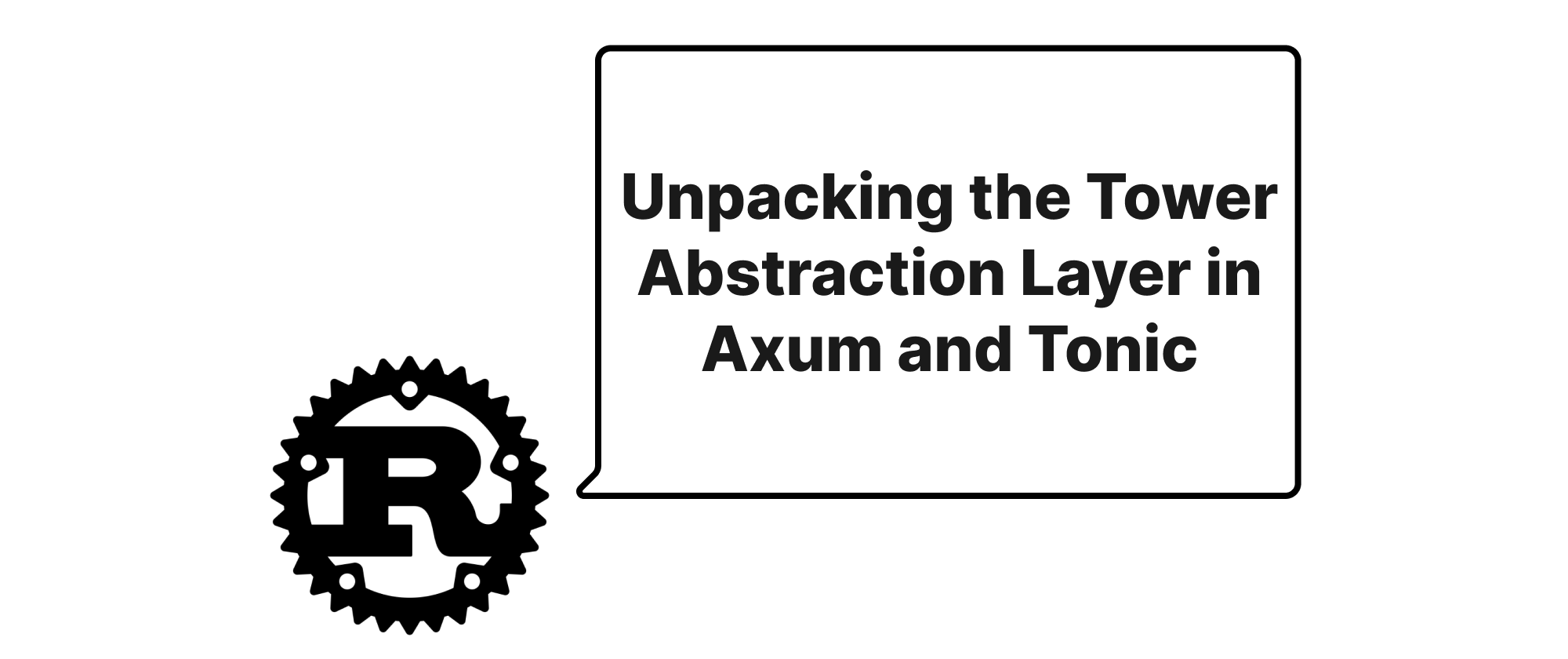
Unpacking the Tower Abstraction Layer in Axum and Tonic
This article delves into the foundational Tower abstractions of Service, Layer, and BoxCloneService, revealing how they empower flexible and robust HTTP and gRPC services in Rust, particularly within Axum and Tonic.
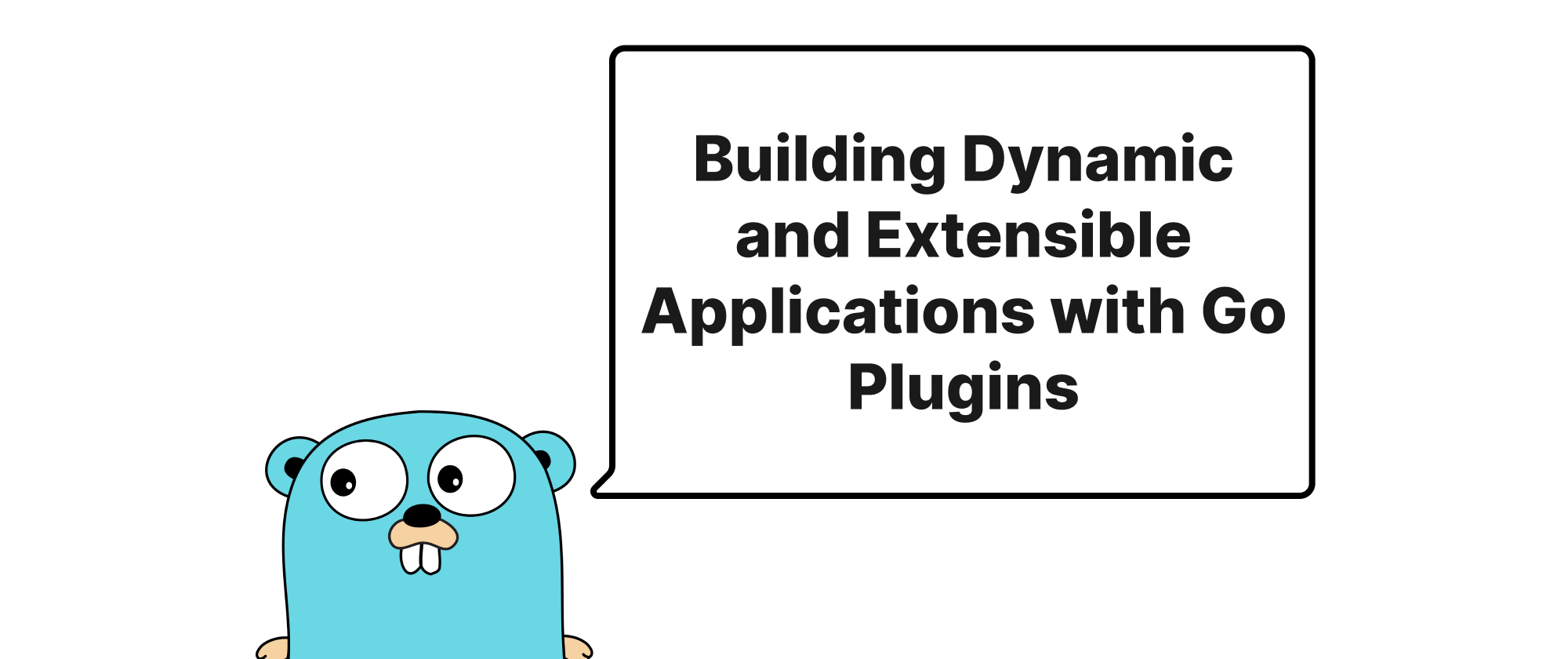
Building Dynamic and Extensible Applications with Go Plugins
Explore how Go 1.8's plugin package enables developers to create modular and extensible applications by dynamically loading external code, enhancing flexibility and maintainability.

Implementing Robust Deep Health Checks in Backend Frameworks for Container Orchestration
This article delves into the critical importance and practical implementation of deep health checks in backend applications, specifically for container orchestration systems, showing how to build resilient and reliable microservices.
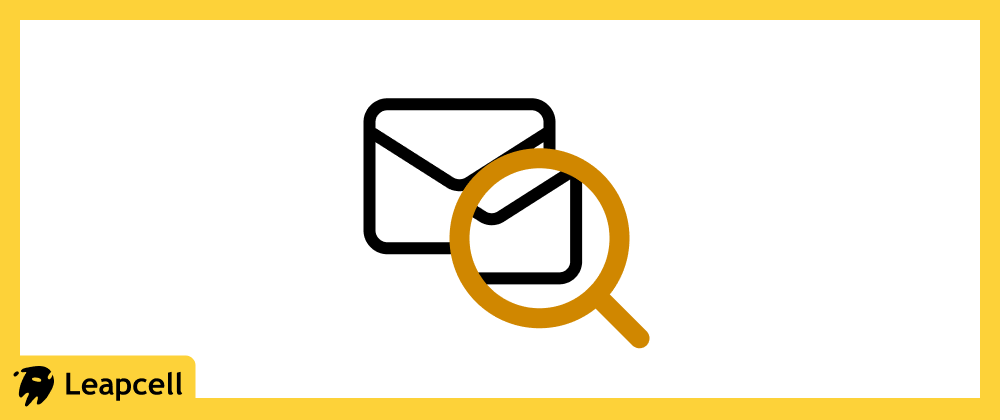
A Small Tool to Understand How Spam Filtering Works
This article guides you on building and deploying a spam-checking tool using Apache SpamAssassin and a Python API, allowing you to test spam emails.

Automating PostgreSQL Partitioning for Large-Scale Time-Series Data with pg_partman
Explore how pg_partman simplifies the complex task of managing terabyte-scale time-series tables in PostgreSQL, offering a robust solution for performance and maintenance.
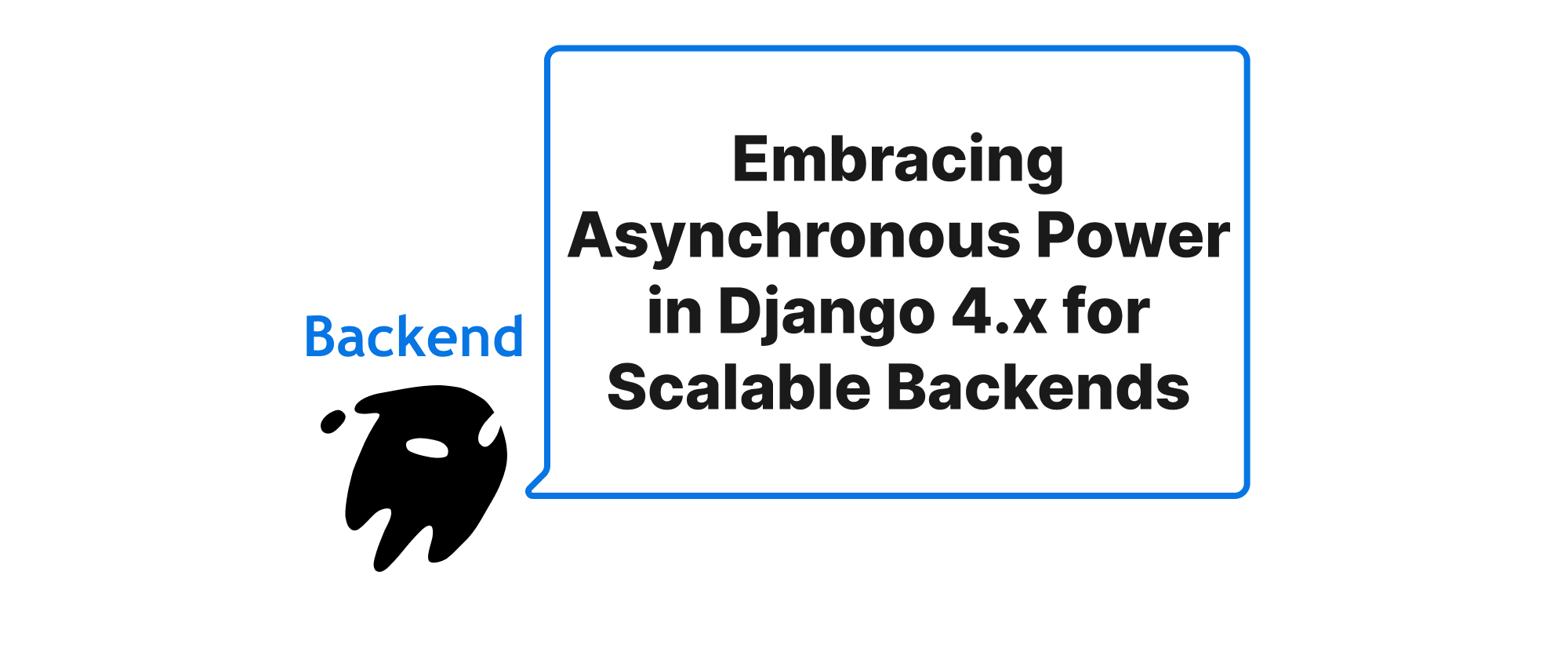
Embracing Asynchronous Power in Django 4.x for Scalable Backends
Unlocking the full potential of asynchronous views and ORM support in Django 4.x to build highly performant and scalable web applications.
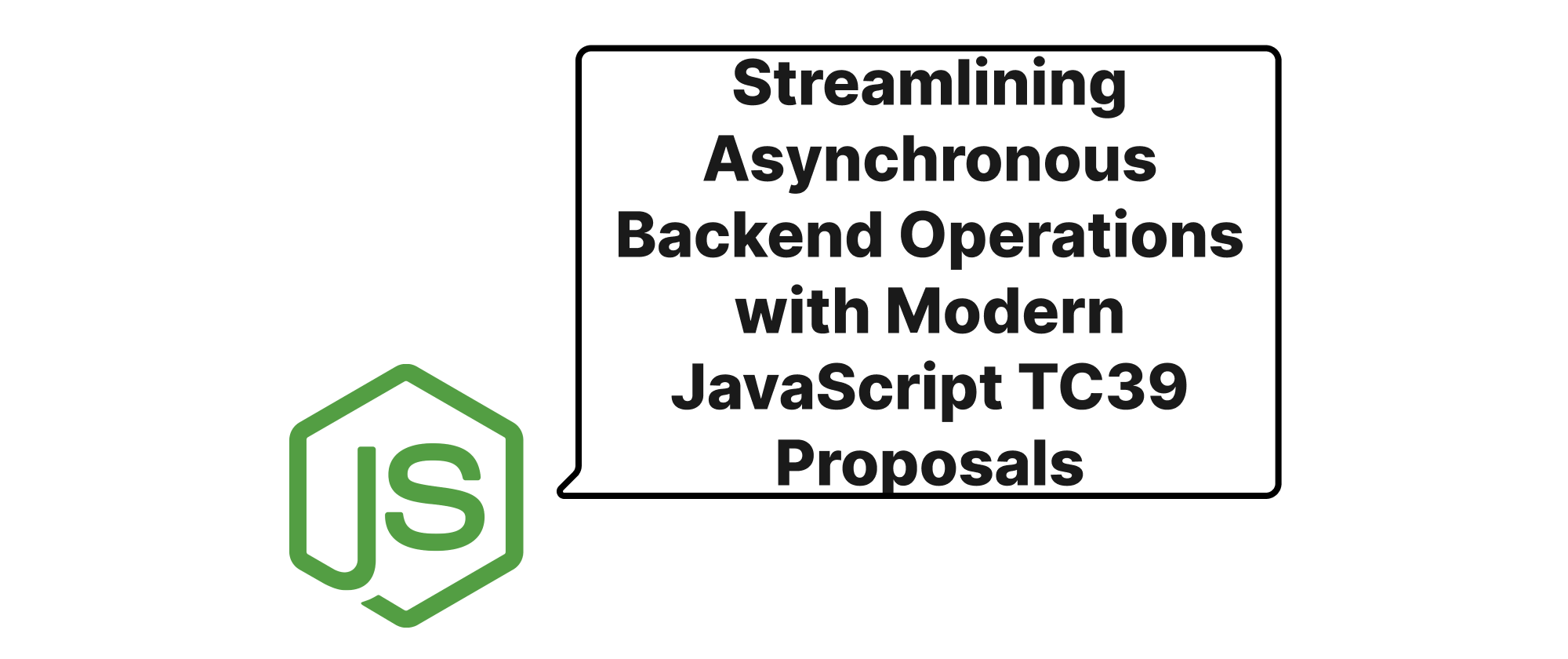
Streamlining Asynchronous Backend Operations with Modern JavaScript TC39 Proposals
Explore how recent TC39 proposals like Promise.withResolvers simplify asynchronous JavaScript code in backend environments, enhancing readability and maintainability.
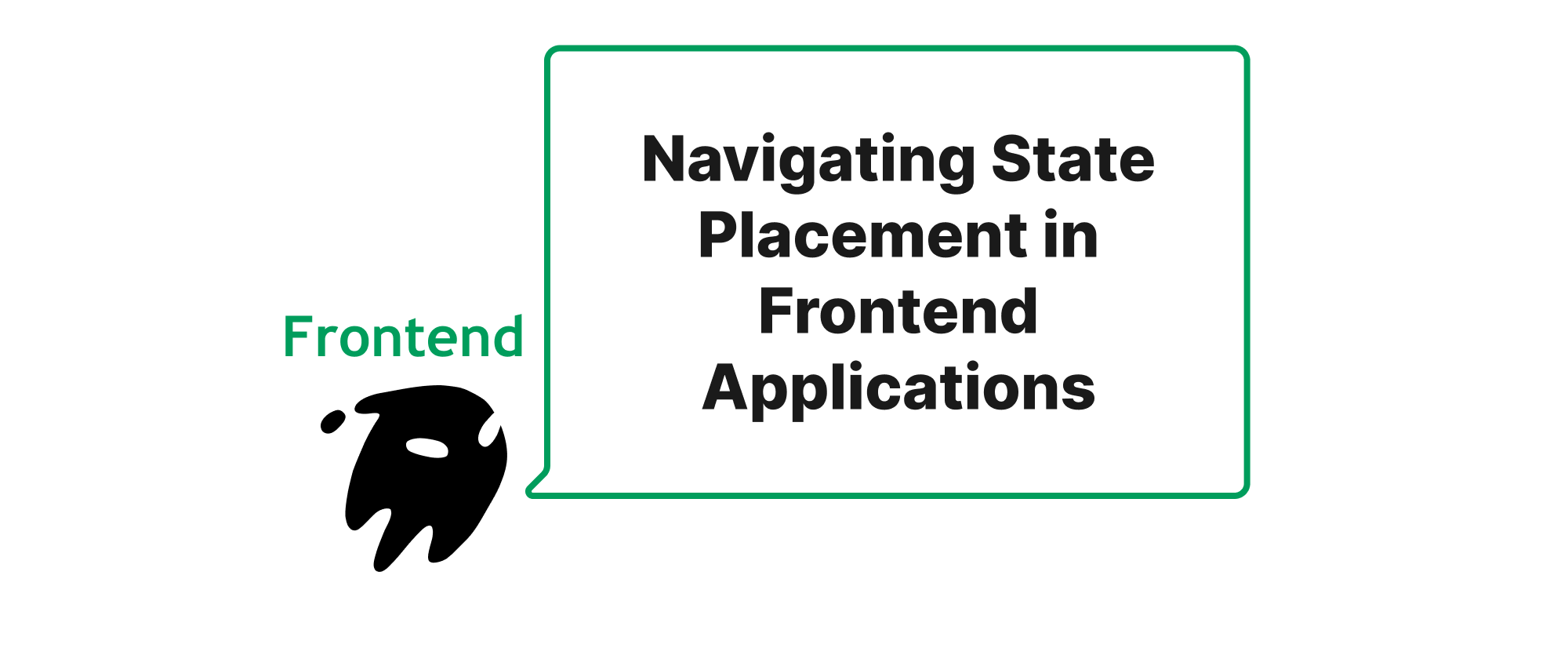
Navigating State Placement in Frontend Applications
A deep dive into local, global, and URL state management strategies, their rationale, implementation, and practical use cases in modern frontend development.
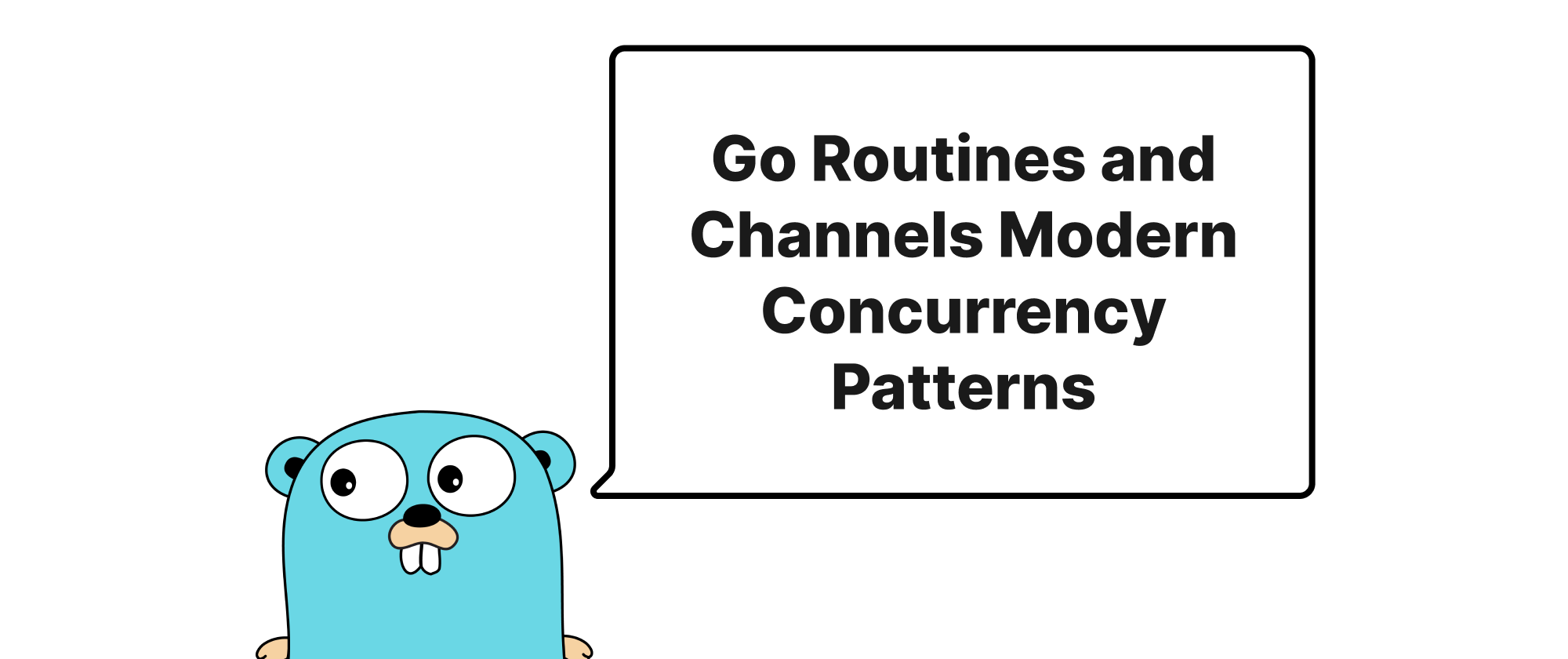
Go Routines and Channels Modern Concurrency Patterns
This article delves into Go's powerful concurrency primitives, Goroutines and Channels, guiding you from basic concepts to advanced patterns like Fan-in, Fan-out, and Worker Pools, with practical code examples.

Building Modern GraphQL APIs with Strawberry on FastAPI and Django
Explore how Strawberry, a code-first GraphQL library, empowers developers to construct efficient and maintainable GraphQL APIs within popular Python frameworks like FastAPI and Django, enhancing data fetching and API management.

Seamless Server-Side Templating in Rust Web Applications with Askama and Tera
This article explores how to integrate Askama and Tera for efficient server-side template rendering in Rust web applications, detailing their features, usage, and practical benefits.
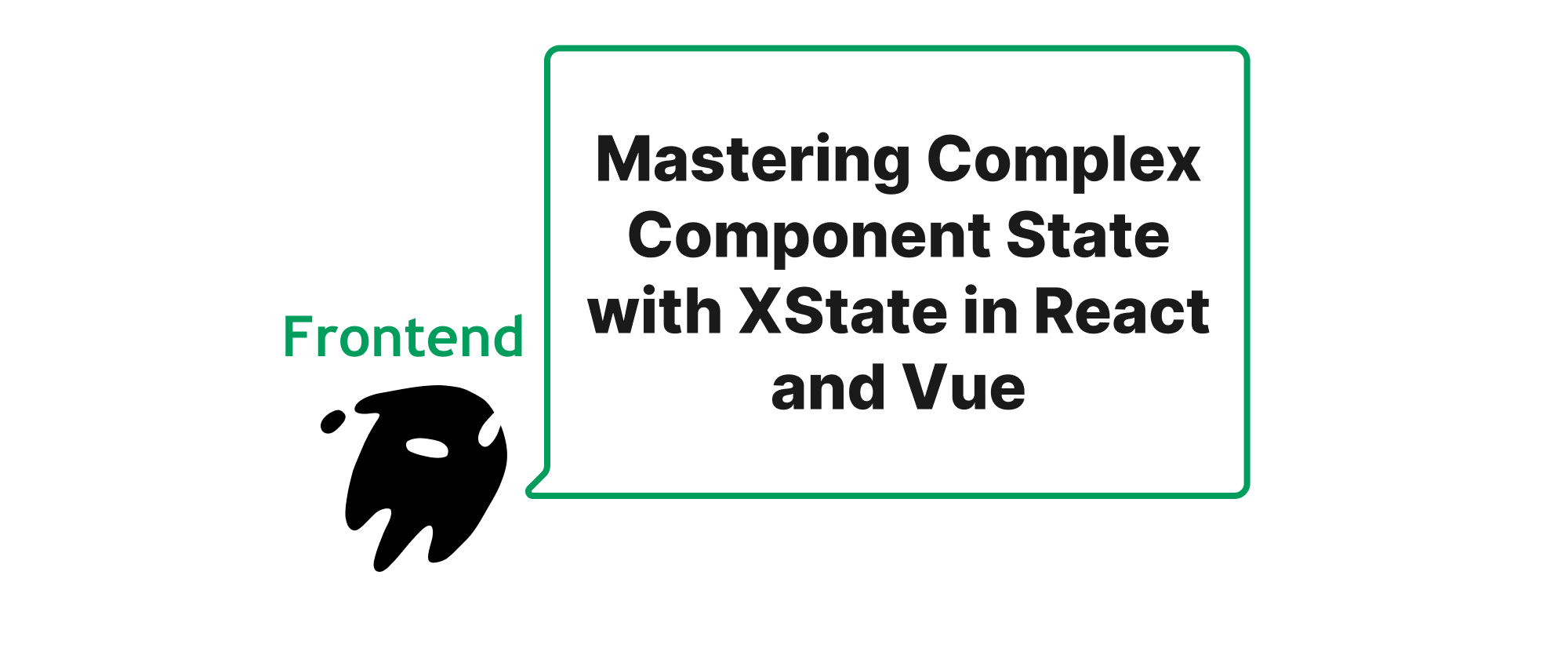
Mastering Complex Component State with XState in React and Vue
This article delves into the use of XState to effectively manage intricate state logic within React and Vue applications, offering a structured approach to building robust and maintainable UI components.

Unifying Success and Failure Responses in Rust Web Services with IntoResponse
This article delves into Rust's `IntoResponse` trait, exploring its fundamental role in streamlining web service response handling. We'll examine how it allows developers to unify success and error responses, enhancing code clarity and maintainability.

Practical Design Patterns in Go Mastering Option Types and the Builder Pattern
Explore how Go developers leverage design patterns like Option types and the Builder pattern to write more resilient, readable, and maintainable code, addressing common engineering challenges.
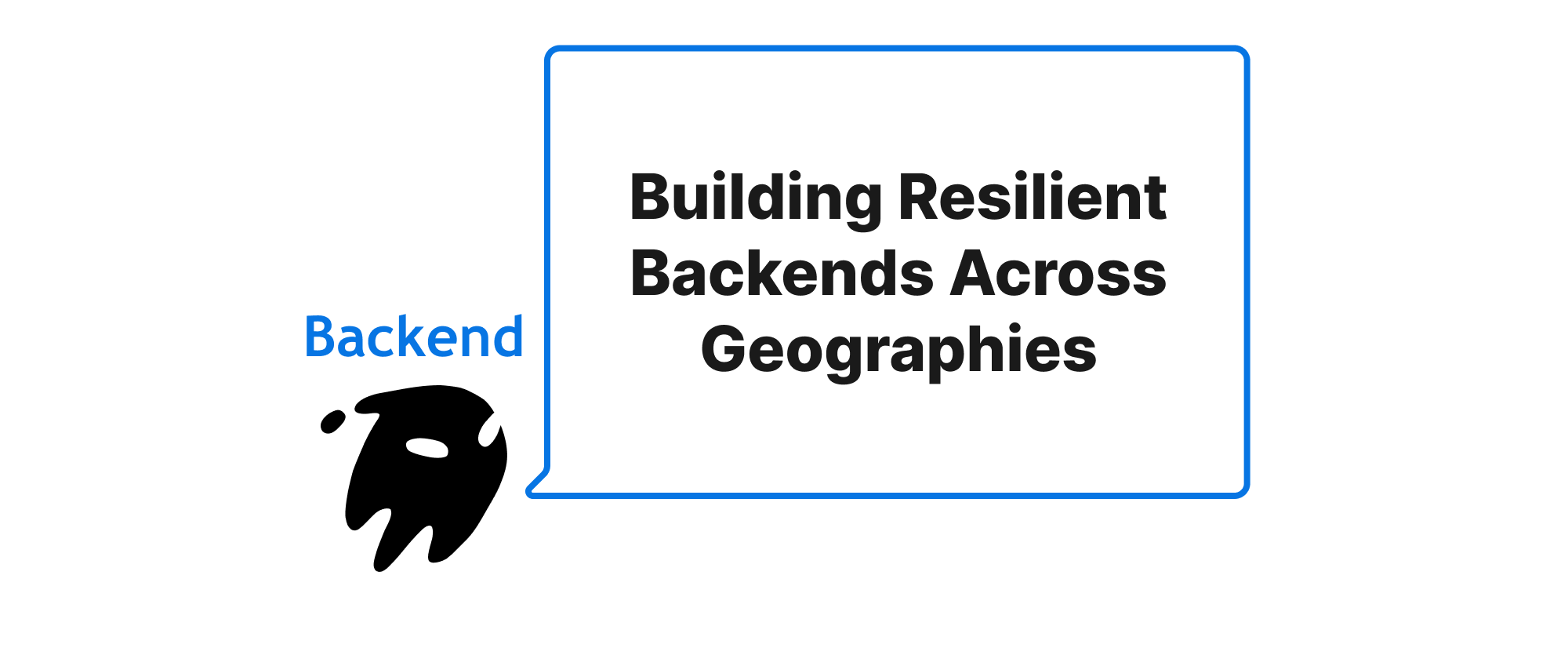
Building Resilient Backends Across Geographies
Exploring the principles and practices for designing multi-region backend applications, focusing on configuration, data replication, and latency management.
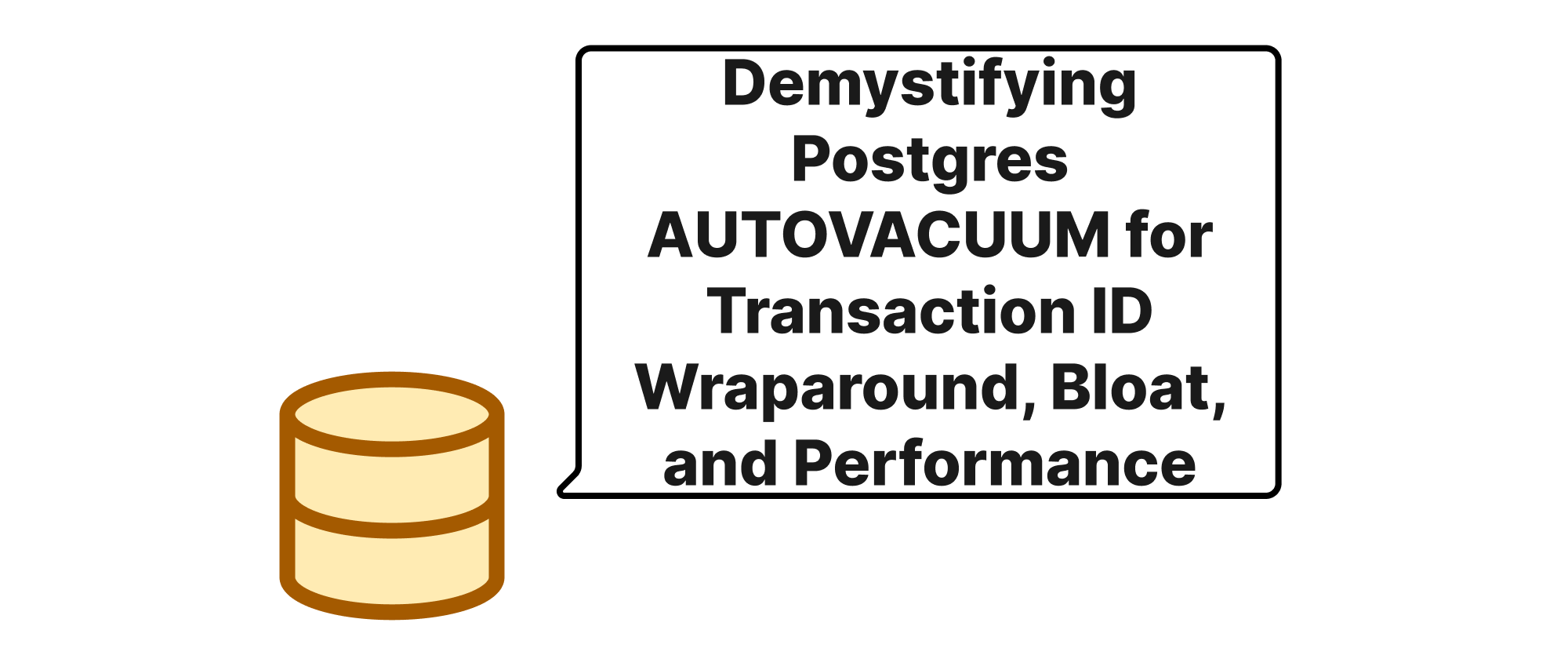
Demystifying Postgres AUTOVACUUM for Transaction ID Wraparound, Bloat, and Performance
This article delves into the critical role of Postgres AUTOVACUUM, explaining its mechanisms for preventing transaction ID wraparound, mitigating table bloat, and optimizing database performance, complete with practical examples and tuning strategies.
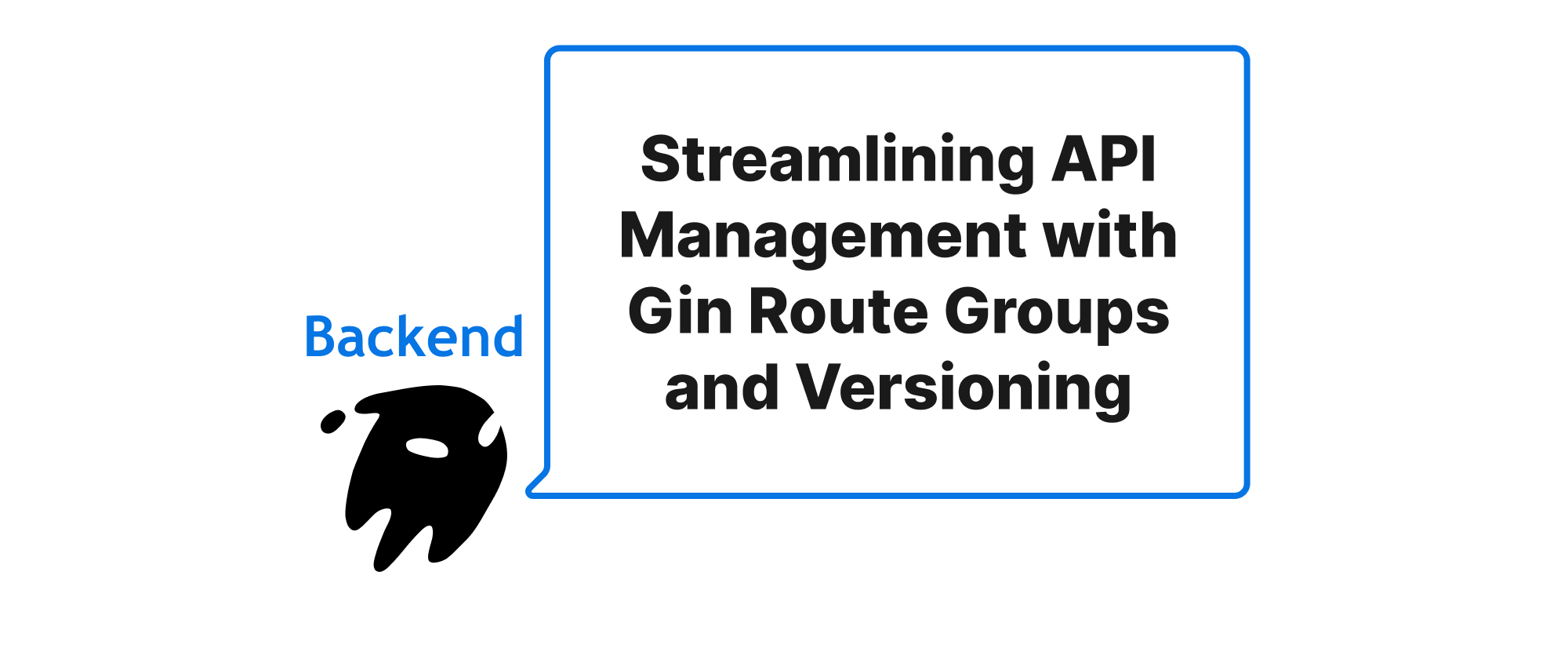
Streamlining API Management with Gin Route Groups and Versioning
This article delves into the practical application of Gin's route grouping and versioning features, demonstrating how they enhance API organization, maintainability, and evolution for modern backend systems.
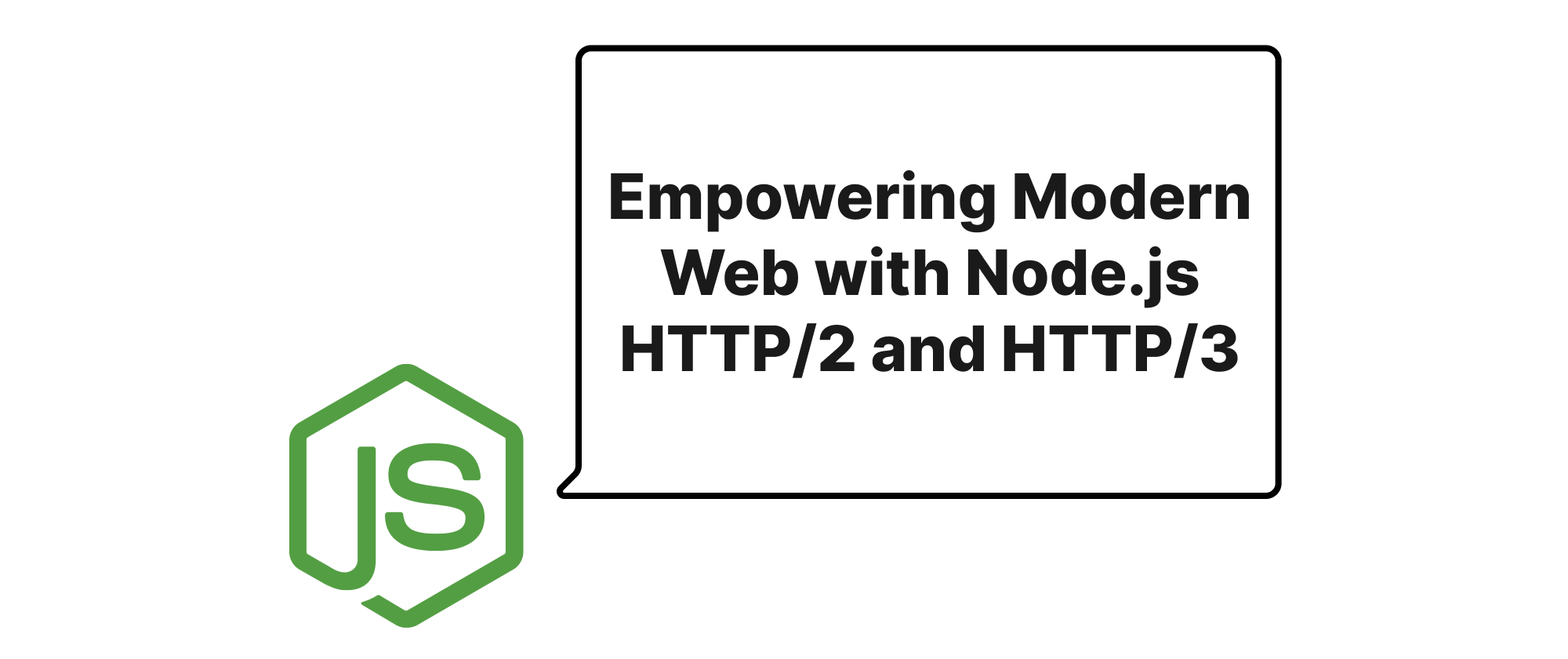
Empowering Modern Web with Node.js HTTP/2 and HTTP/3
Exploring Node.js's native capabilities for HTTP/2 and HTTP/3 (QUIC), their underlying principles, and practical application scenarios for building high-performance web services.
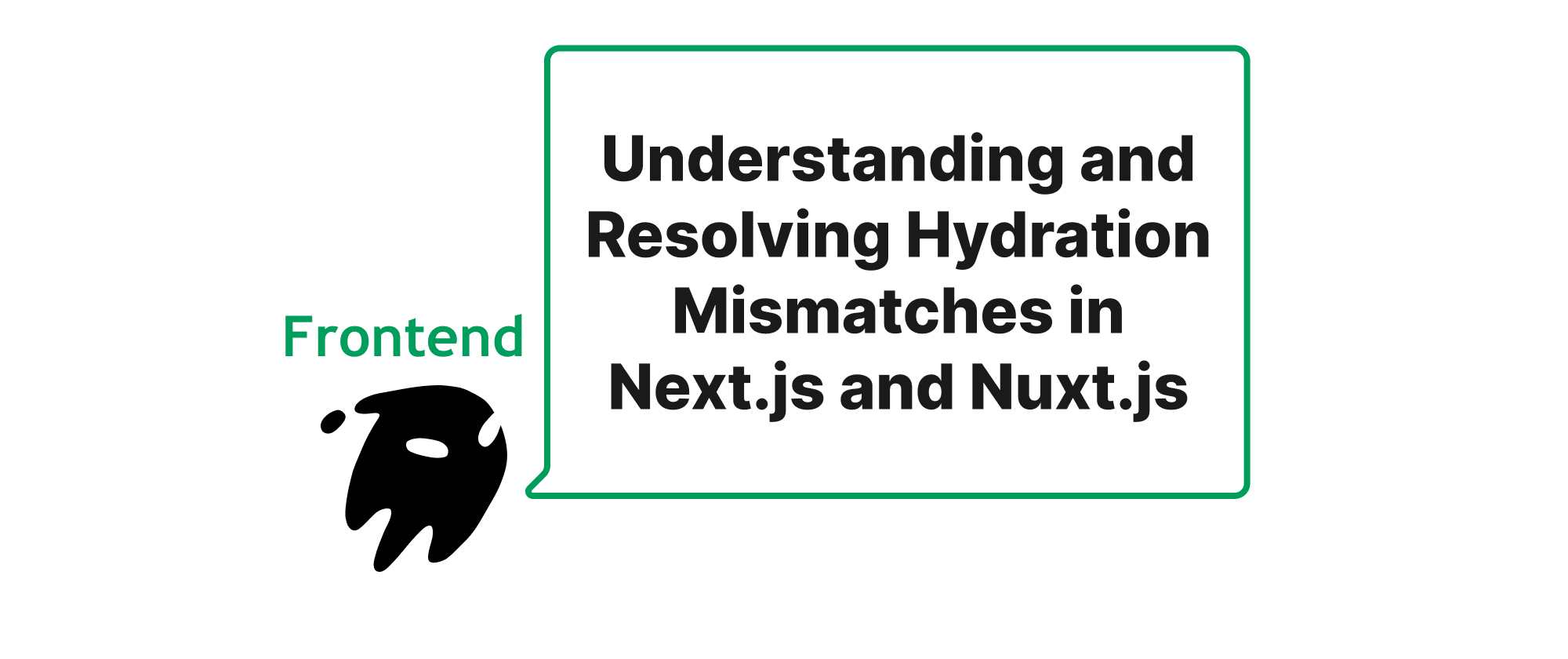
Understanding and Resolving Hydration Mismatches in Next.js and Nuxt.js
A deep dive into the common "Hydration Mismatch" error in server-side rendered JavaScript frameworks like Next.js and Nuxt.js, covering its causes, diagnostic techniques, and practical solutions with code examples.
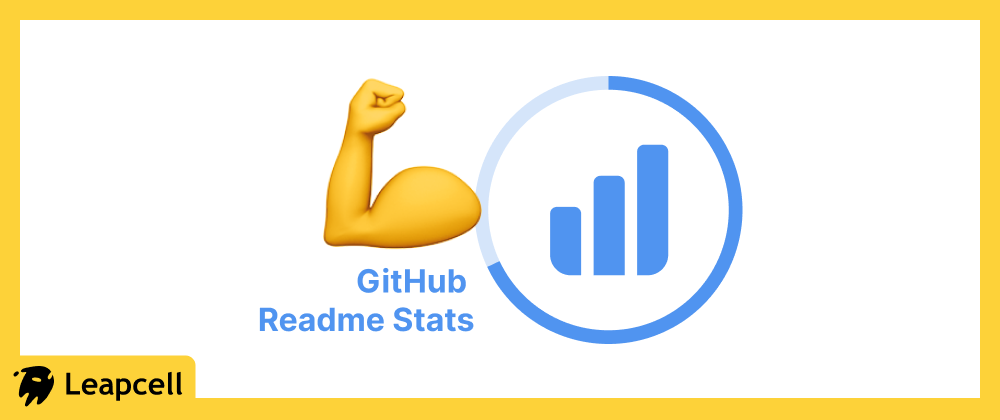
Unleash the Full Power of Your GitHub Readme Stats
This article provides a step-by-step guide on how to self-host the "GitHub Readme Stats" project on Leapcell. This allows you to overcome the limitations of the public version, such as rate limiting and the inability to access private repository data.
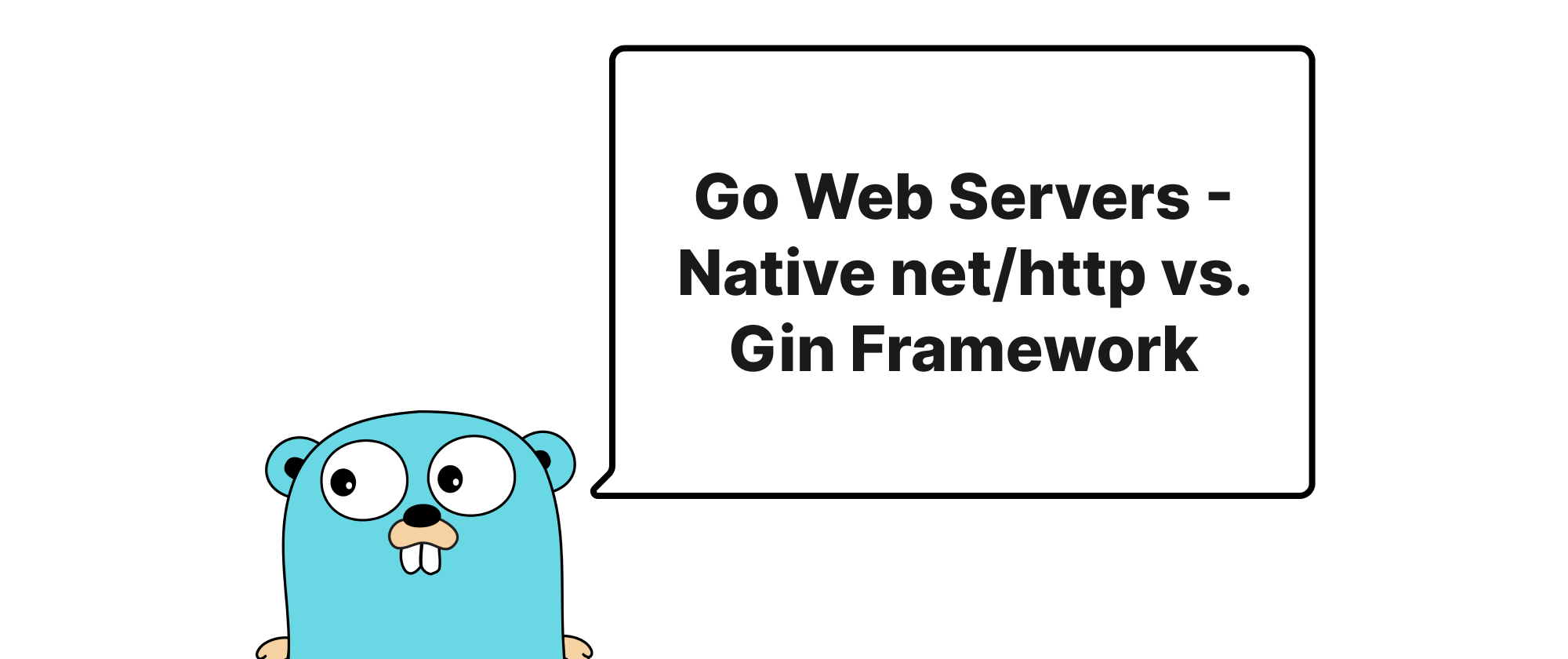
Go Web Servers - Native net/http vs. Gin Framework
Exploring the core differences, advantages, and use cases when building web applications in Go using the standard net/http library compared to the popular Gin framework.
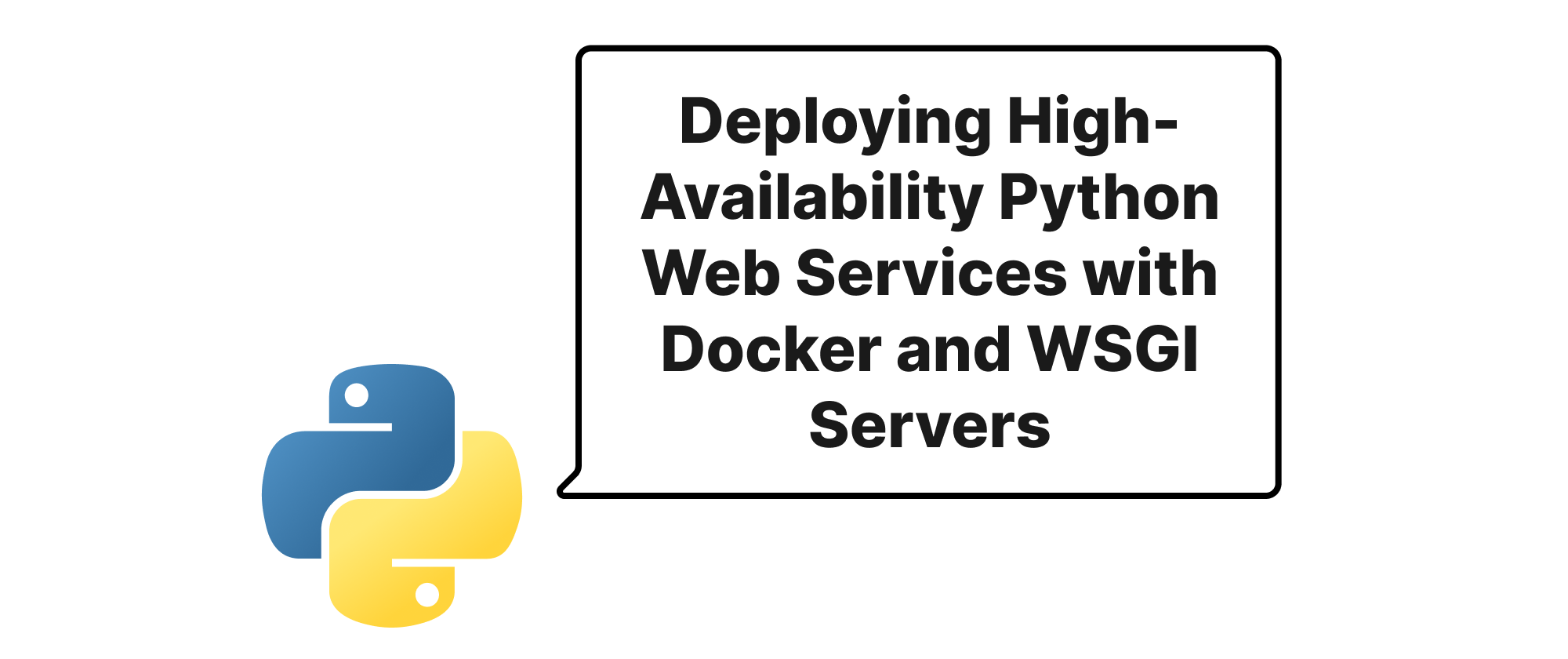
Deploying High-Availability Python Web Services with Docker and WSGI Servers
This article explores the deployment of high-availability Python web services using Docker, uWSGI/Gunicorn, and Nginx. It covers core concepts, practical implementation with code examples, and best practices for creating scalable and resilient applications.
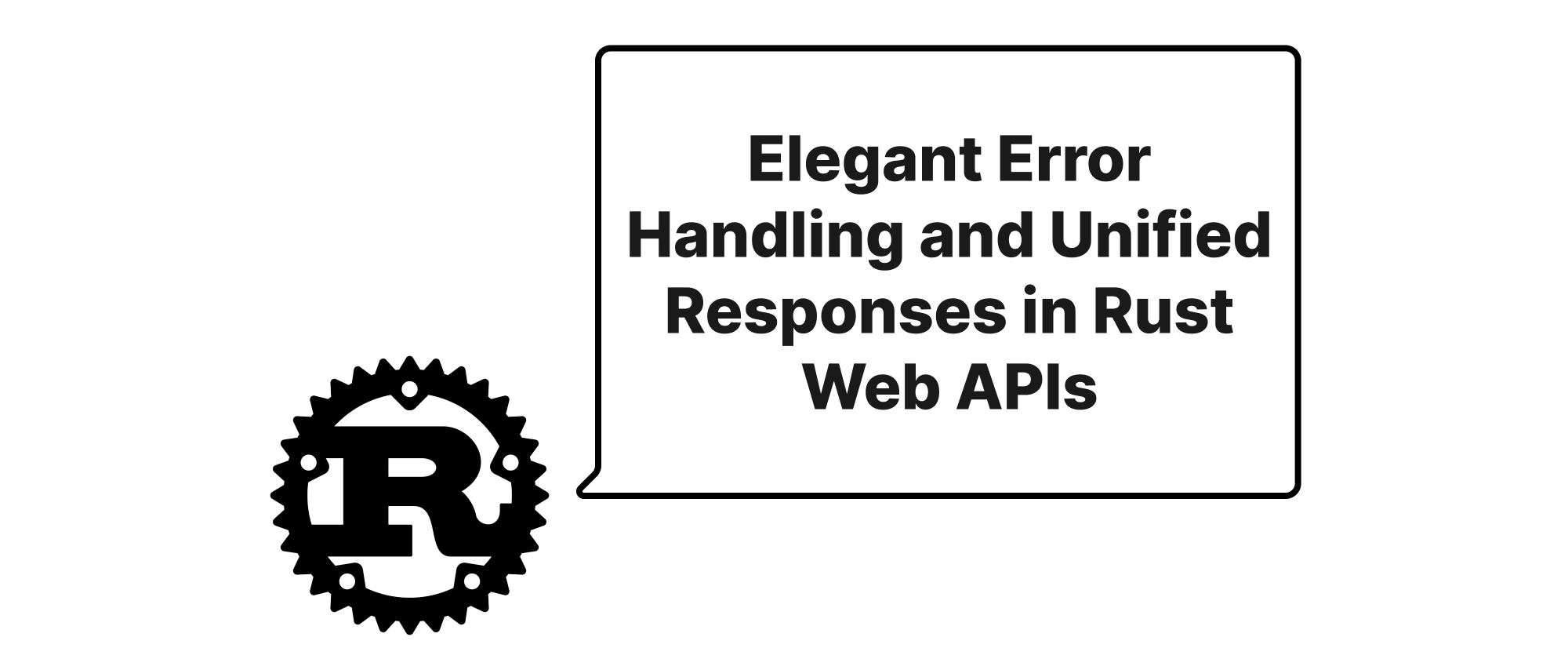
Elegant Error Handling and Unified Responses in Rust Web APIs
This article delves into designing robust error handling and consistent response formats for Rust web APIs, ensuring better developer experience and client interaction.
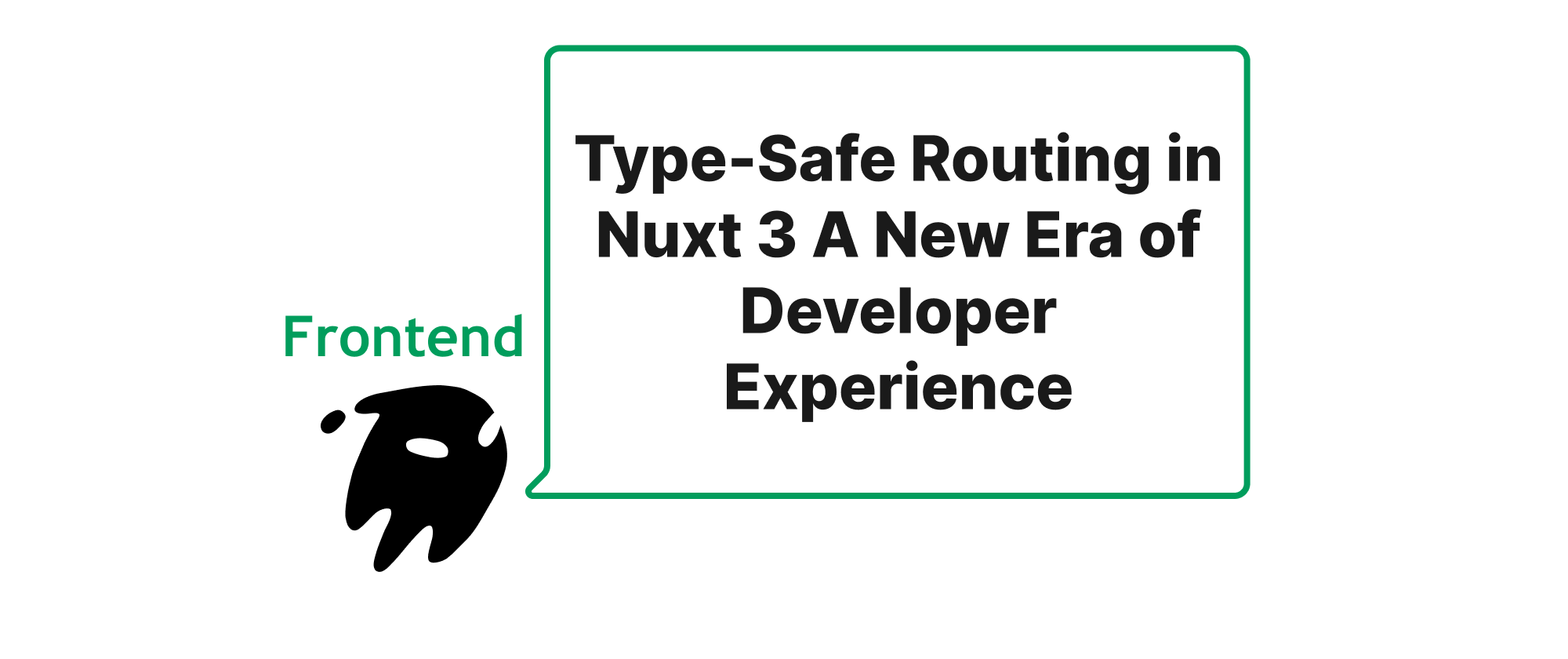
Type-Safe Routing in Nuxt 3 A New Era of Developer Experience
Discover how Nuxt 3's type-safe routing eliminates string-based path management, leading to more robust, maintainable, and enjoyable development.

The Power of Interfaces Go's Database Design Philosophy
Exploring how Go's standard library leverages interfaces like sql.DB and sql.Tx to promote robust and flexible database interactions, fostering good design principles through abstraction and testability.

Understanding Go Struct Alignment and Its Performance Implications
This article delves into the intricacies of Go's struct memory alignment, explaining its principles, how it impacts memory usage and CPU performance, and providing practical code examples to illustrate these concepts for Go developers.

PASETO and JWT A New Era of Stateless Token Authentication
Exploring PASETO and JWT as modern stateless token authentication solutions for backend systems, comparing their principles, implementations, and real-world applications.
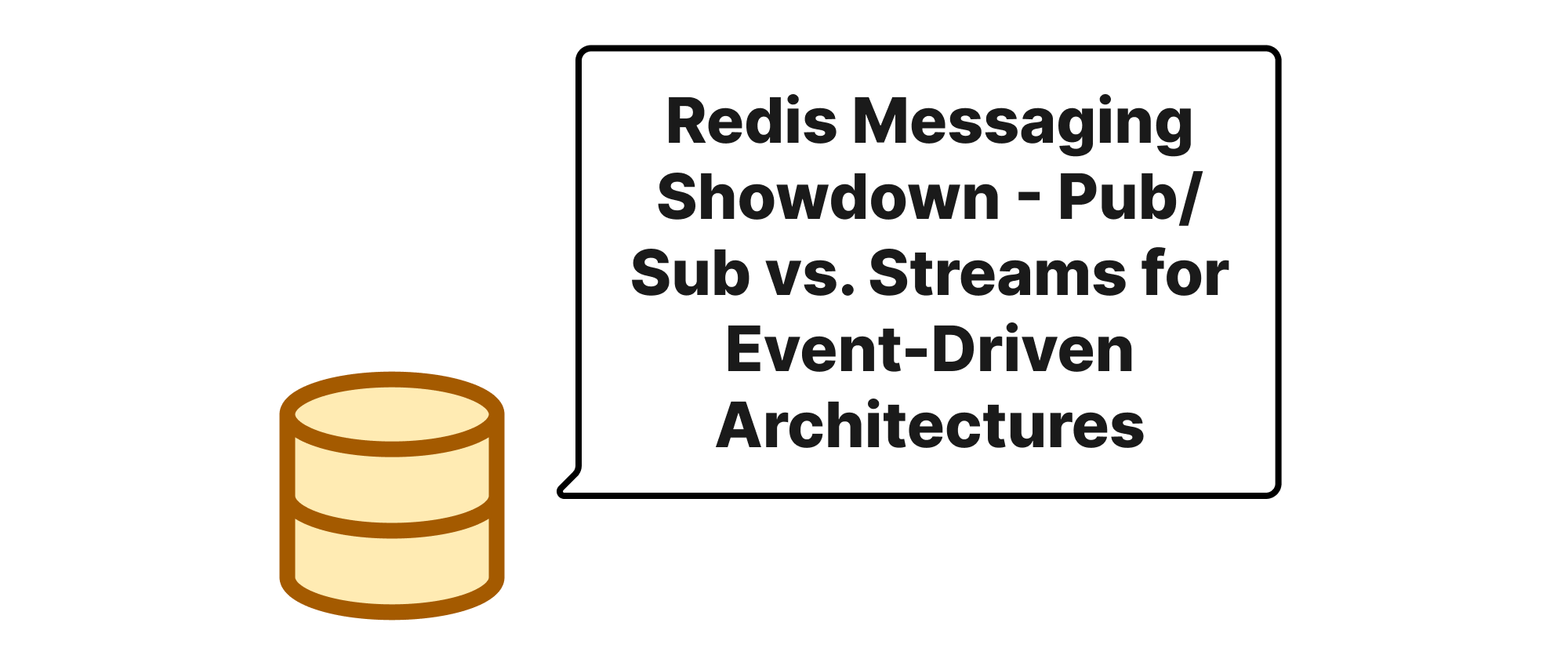
Redis Messaging Showdown - Pub/Sub vs. Streams for Event-Driven Architectures
This article delves into the core differences between Redis Pub/Sub and Streams, two powerful messaging paradigms within Redis, helping you choose the right tool for real-world event-driven applications.

Managing Background Tasks and Long-Running Operations in FastAPI
This article delves into how FastAPI's BackgroundTasks and external asynchronous task queues like Celery or RQ can be leveraged to efficiently handle tasks that don't need immediate user feedback, improving application responsiveness and scalability.

Contextual Clarity Building a Request-Scoped Data Flow with EventEmitter and AsyncLocalStorage
Exploring how Node.js EventEmitter and AsyncLocalStorage can be elegantly combined to manage and pass request-specific context throughout complex application lifecycles.
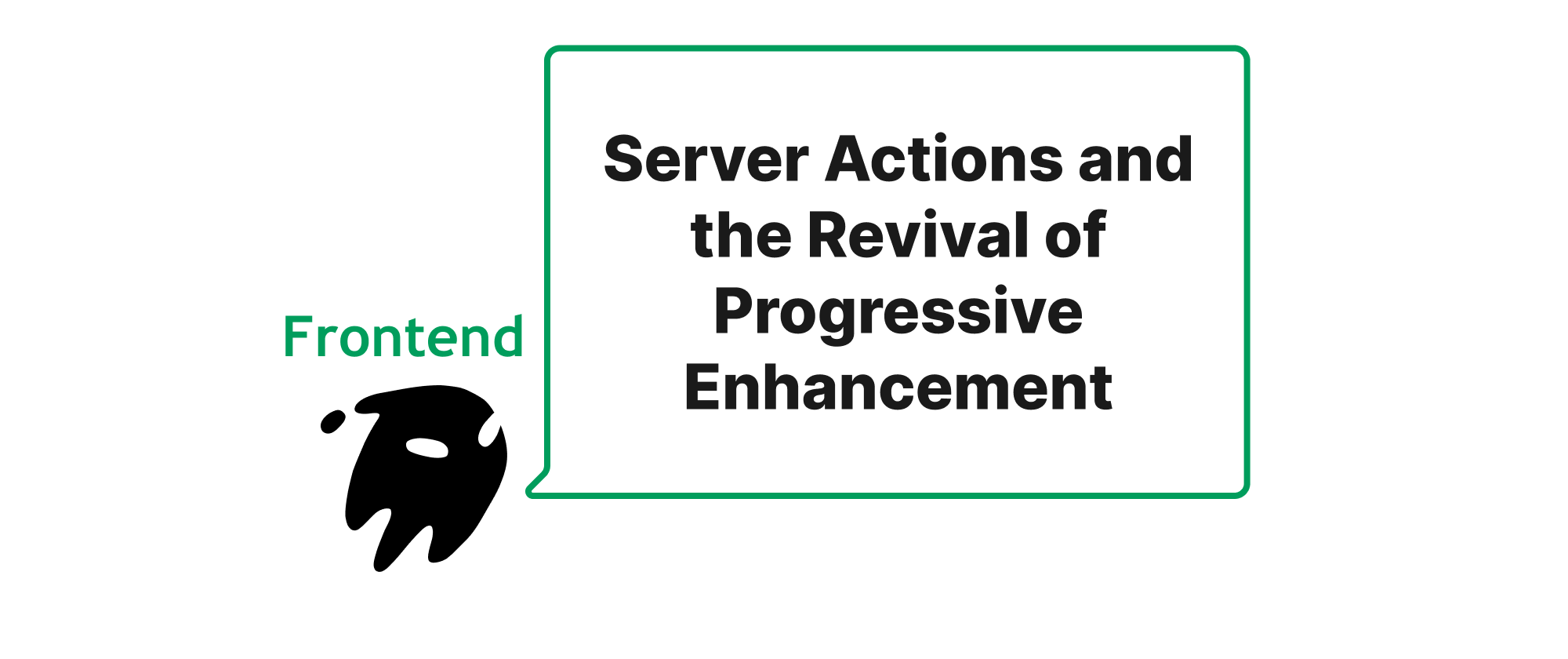
Server Actions and the Revival of Progressive Enhancement
Exploring how modern frameworks like Next.js and Nuxt.js are re-embracing progressive enhancement through server actions.

Mastering Go Context for Robust Concurrency Patterns
This article delves into the Go `context` package, explaining how it enables effective cancellation, timeout management, and value propagation in concurrent Go applications, illustrated with practical code examples.

Mental Models of State Management - Jotai/Zustand's Atomic Approach Versus Redux's Single Source
This article delves into the contrasting mental models of modern JavaScript state management, specifically comparing the atomic-based approaches of Jotai and Zustand with the traditional single-source-of-truth paradigm of Redux. It explores their core principles, implementation, and practical use cases with code examples, offering insights into choosing the right tool for different development scenarios.

Ensuring Robustness in Rust Web Services: Type-Safe Request Body Parsing and Validation with Serde and Validator
This article explores how to achieve secure and reliable web service development in Rust by leveraging Serde for type-safe request body deserialization and Validator for comprehensive data validation, complete with practical code examples.
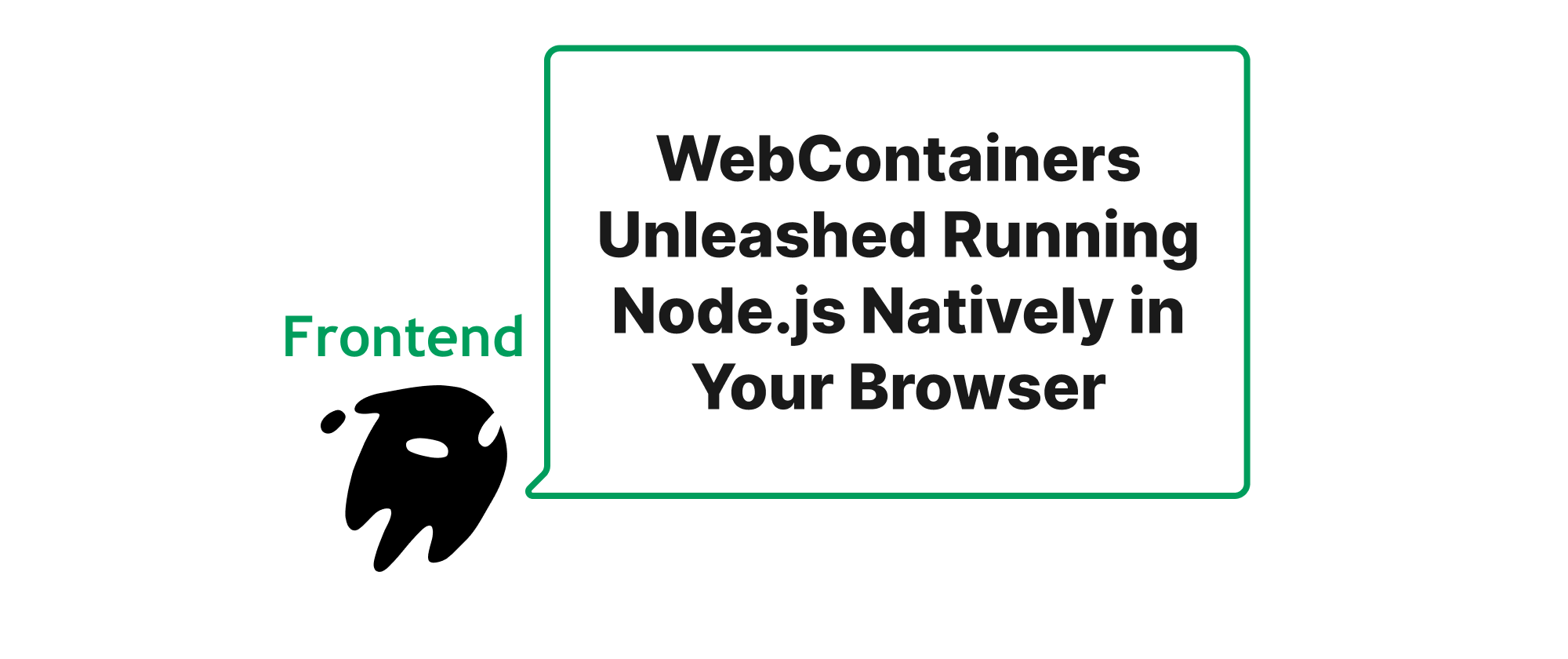
WebContainers Unleashed Running Node.js Natively in Your Browser
Explore WebContainers, the groundbreaking technology that allows you to run full Node.js environments directly within your web browser. This article delves into its background, technical underpinnings, practical applications, and offers code examples to demonstrate its power.

How to Host Golang Fiber Projects for Free
How to Host Go web server, like Fiber, for totally FREE

How to Host Golang Echo Projects for Free
How to Host Go web server, like Echo, for totally FREE
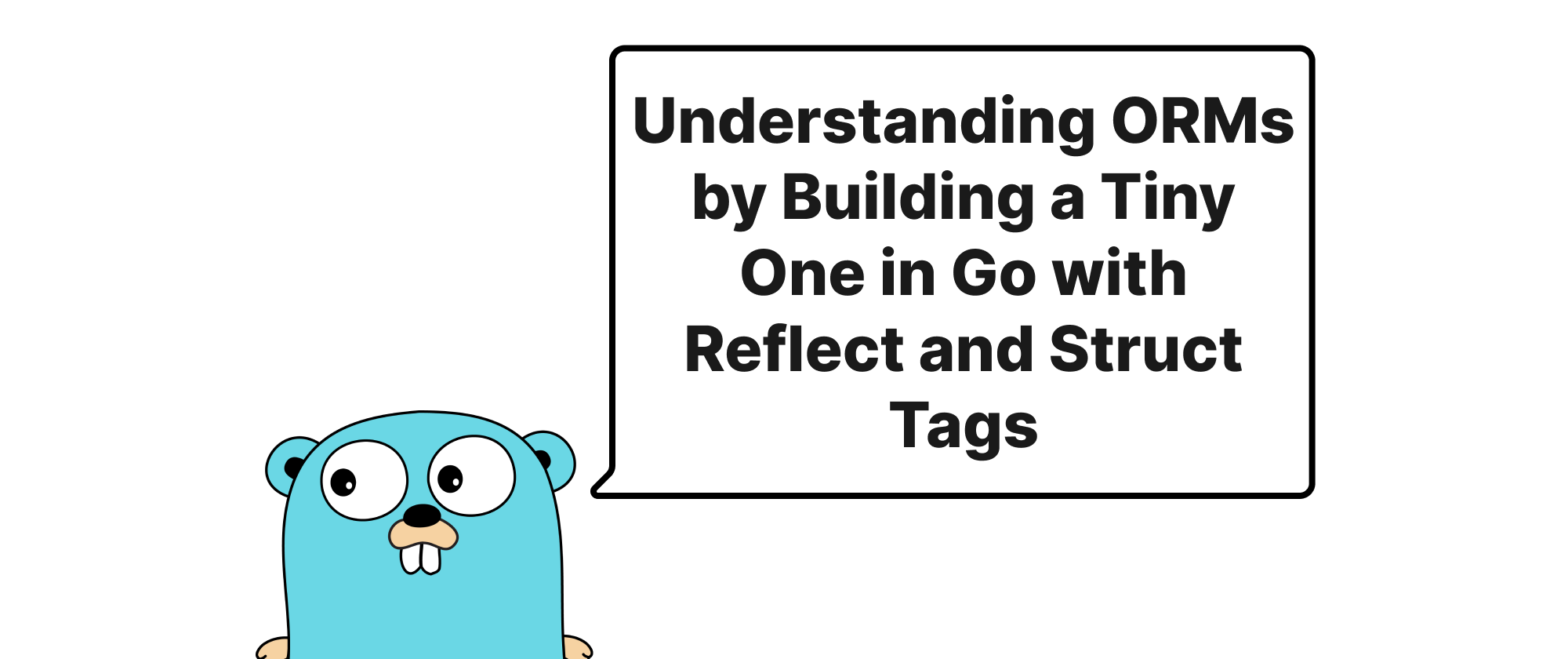
Understanding ORMs by Building a Tiny One in Go with Reflect and Struct Tags
Explore the fundamental mechanics of Object-Relational Mappers by constructing a minimalist ORM in Go, leveraging the power of reflection and struct tags.
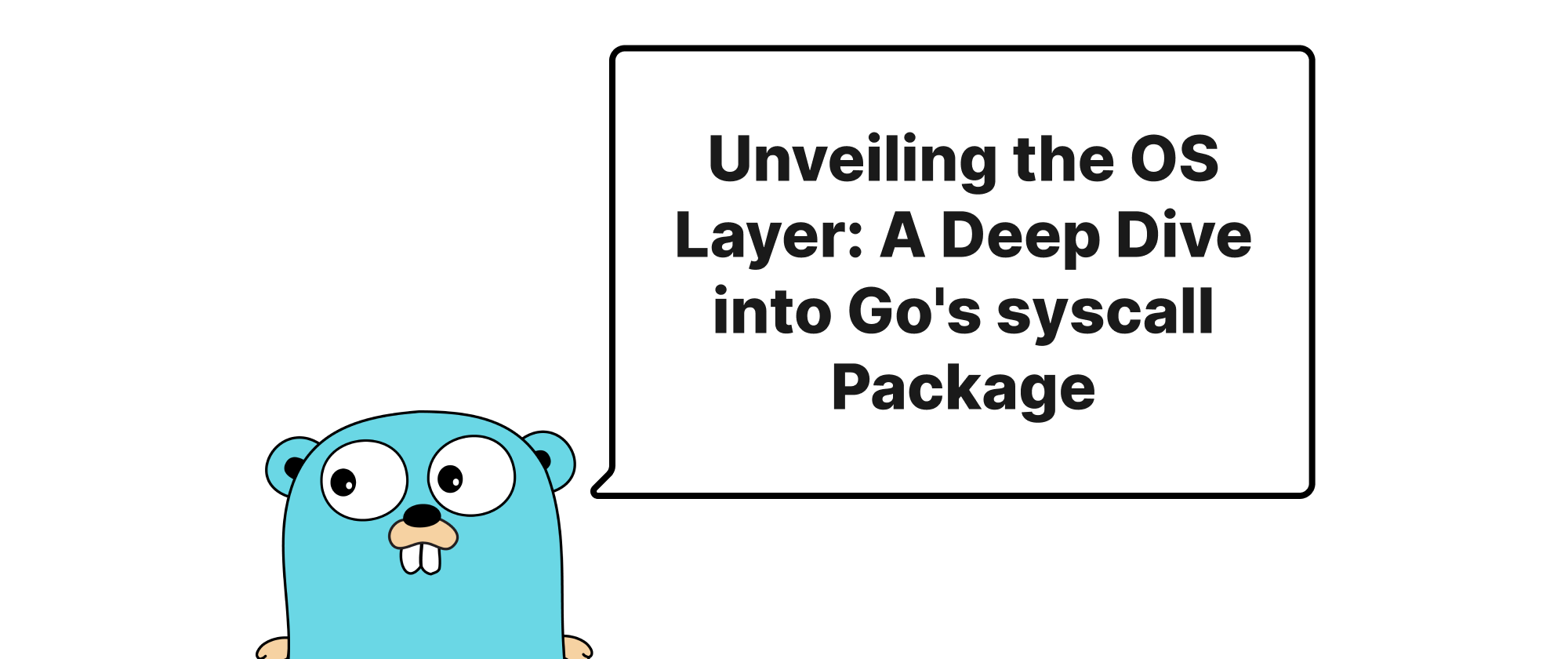
Unveiling the OS Layer: A Deep Dive into Go's syscall Package
This article introduces the Go `syscall` package, explaining its role in direct operating system interaction. It covers core concepts, practical examples of file operations and process management, and highlights the power and pitfalls of low-level system programming in Go.
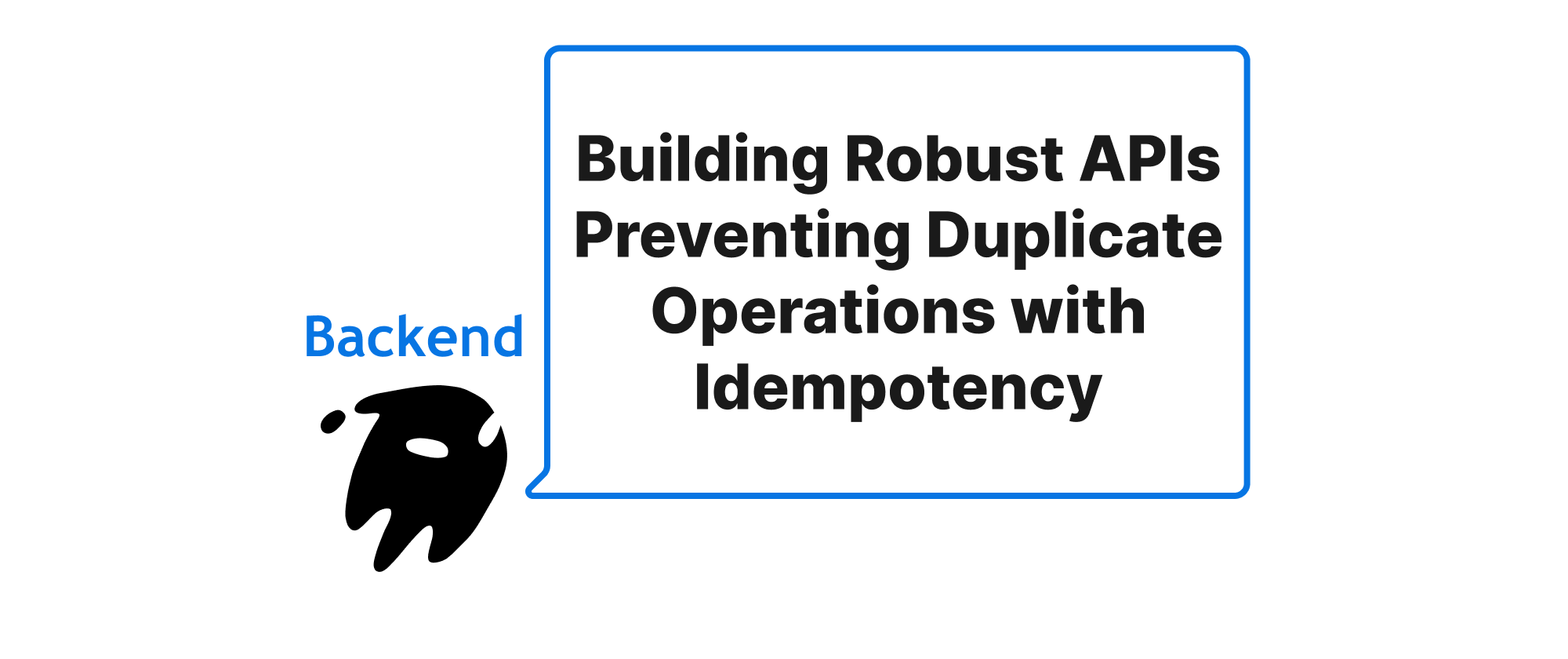
Building Robust APIs Preventing Duplicate Operations with Idempotency
This article delves into the design and implementation of idempotent APIs, a crucial aspect of backend development for preventing unintended duplicate operations. It covers core concepts, practical strategies, and code examples to ensure API reliability.

CHECK Constraints - An Underestimated Superpower for Database-Level Business Logic
Exploring how SQL's CHECK constraints can be leveraged to enforce business rules directly within the database, ensuring data integrity and consistency with practical examples.
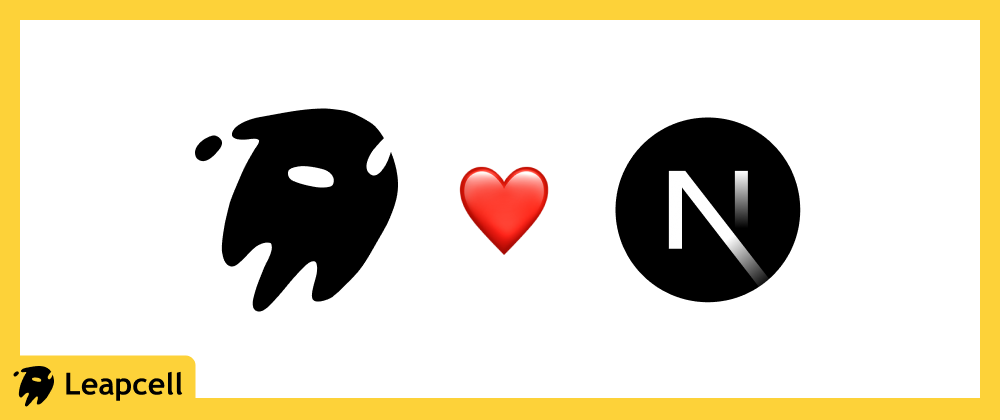
Best Vercel Alternative to Host Next.js Projects
Tired of Vercel's high costs and vendor lock-in? This article introduces Leapcell as a better Next.js hosting alternative, offering one-click deployment, a free CDN, and built-in analytics.
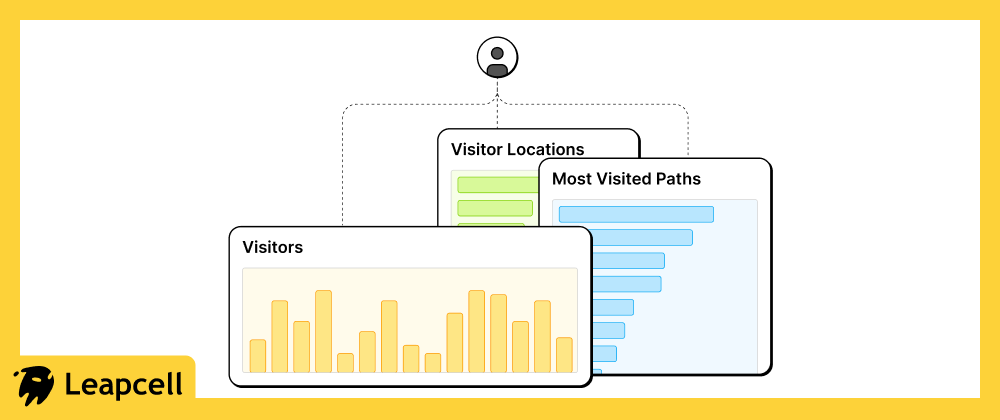
What UV & PV Tell Us
This article defines key website metrics PV (Page View) and UV (Unique Visitor), explaining how their analysis reveals user behavior and site health, while warning that raw data can be misleading.

Building Robust Applications with Flask-SQLAlchemy Models, Relationships, and Transaction Management
Explore the power of Flask-SQLAlchemy for defining data models, managing complex relationships, and ensuring data integrity through effective transaction handling in your web applications.
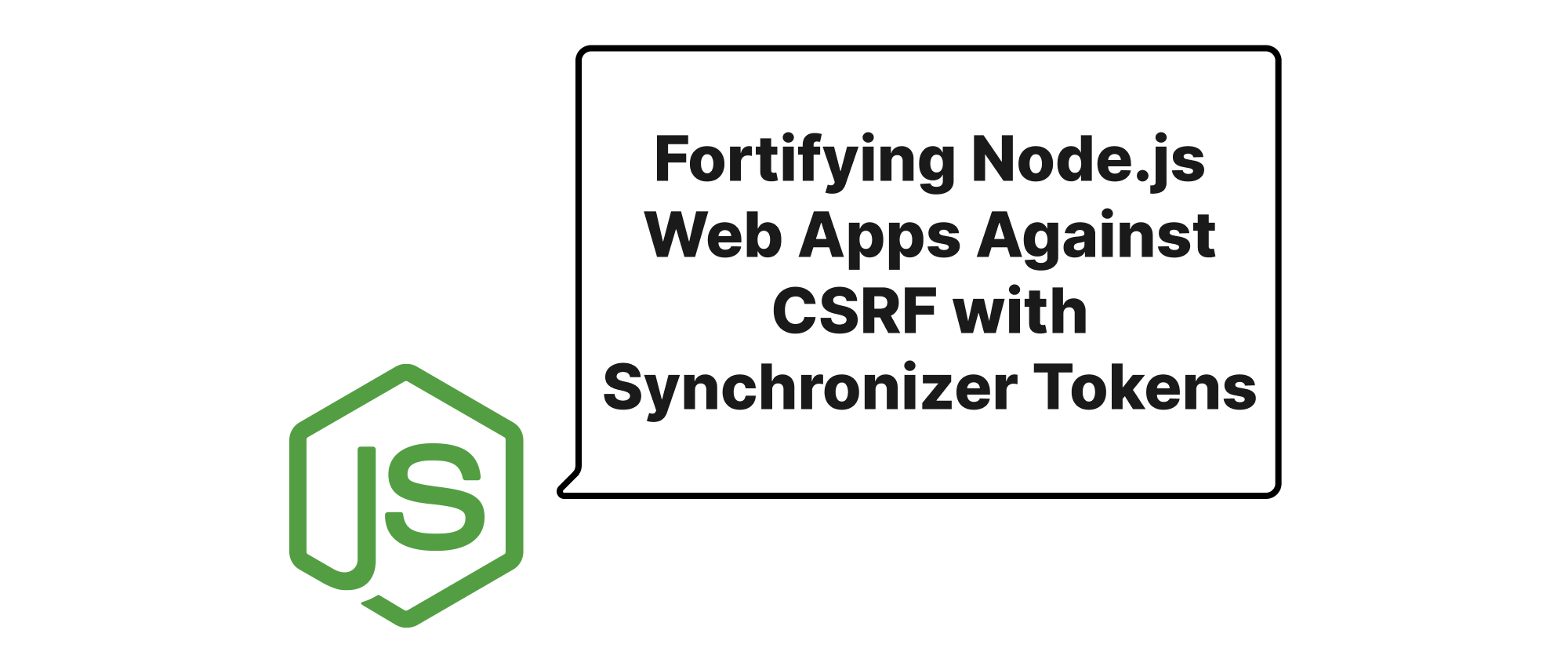
Fortifying Node.js Web Apps Against CSRF with Synchronizer Tokens
This article delves into implementing the Synchronizer Token Pattern in Node.js to effectively prevent Cross-Site Request Forgery attacks, offering a secure approach for web applications.
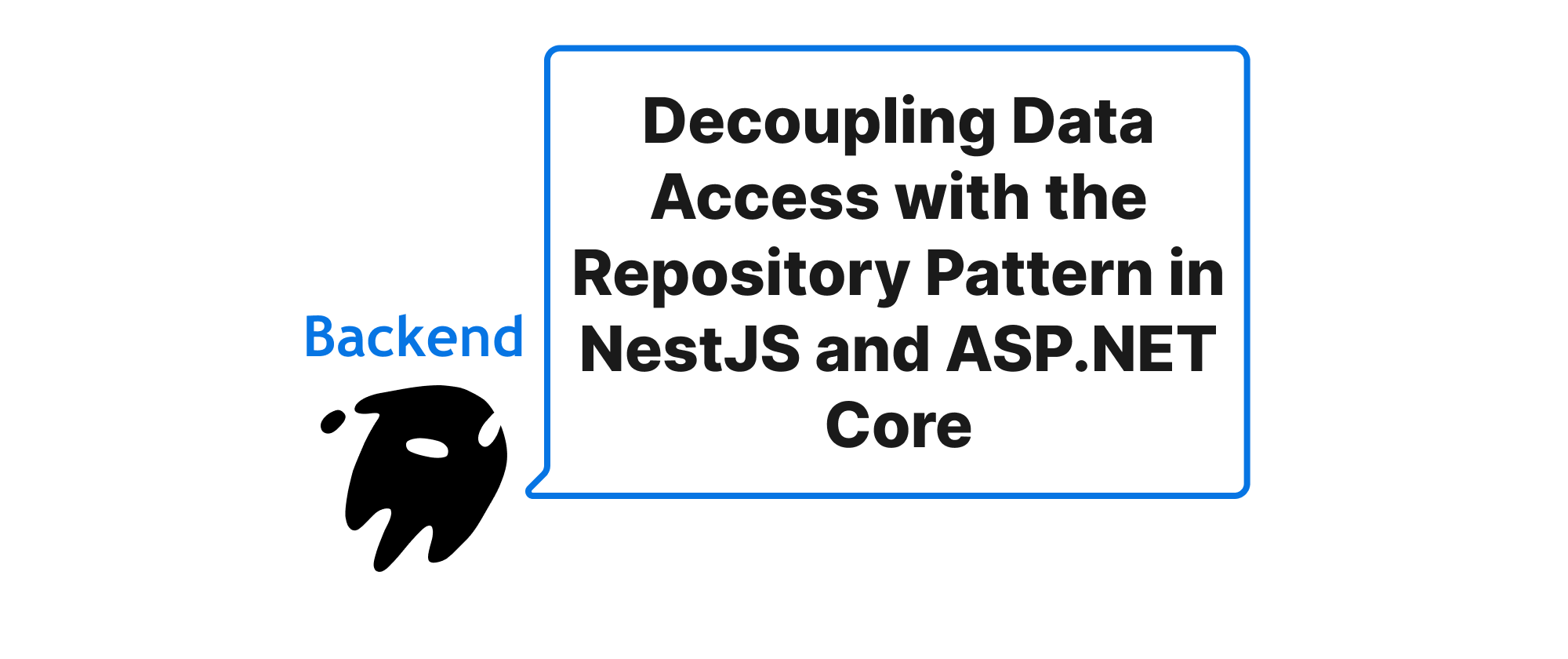
Decoupling Data Access with the Repository Pattern in NestJS and ASP.NET Core
Explore the Repository Pattern as a robust solution to decouple data access logic in modern backend frameworks like NestJS and ASP.NET Core, enhancing modularity and testability.
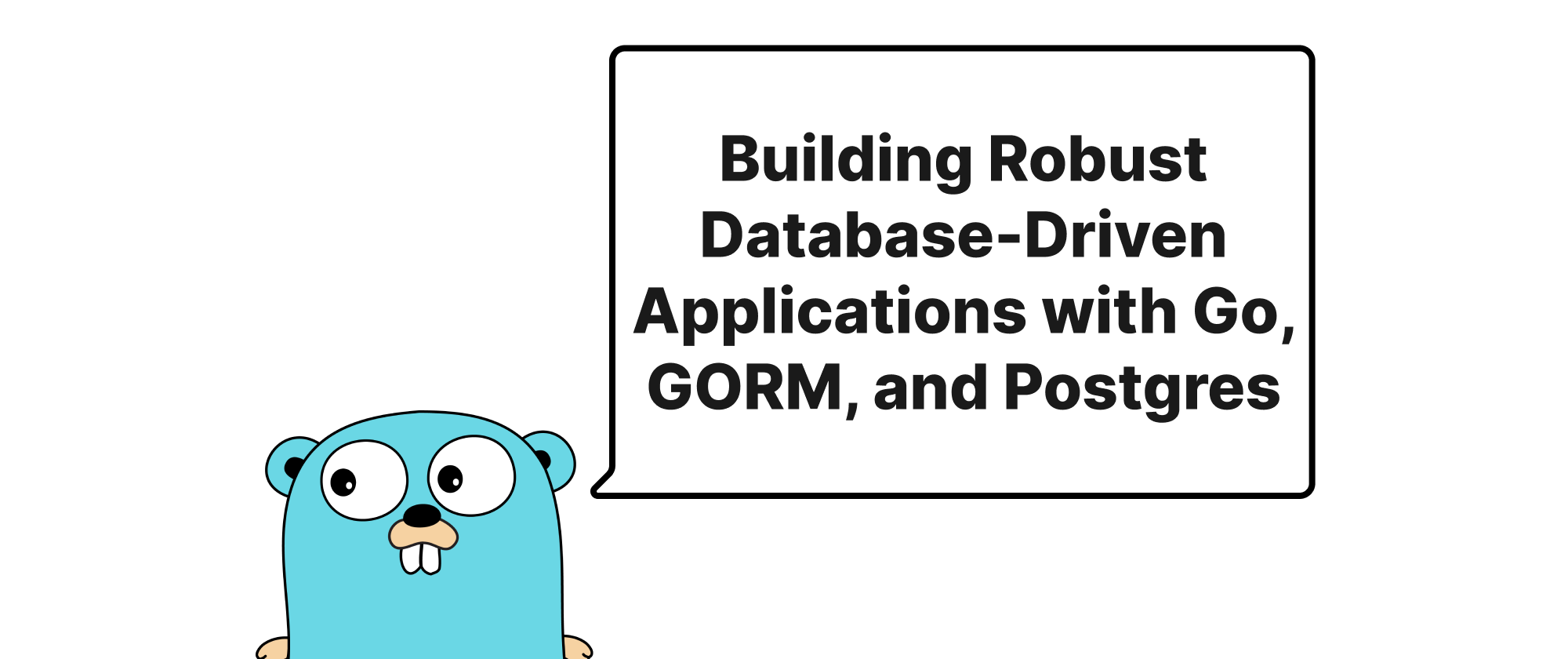
Building Robust Database-Driven Applications with Go, GORM, and Postgres
This article delves into the practical aspects of combining Go's performance, GORM's ORM capabilities, and PostgreSQL's reliability to create scalable and maintainable database-driven applications.
